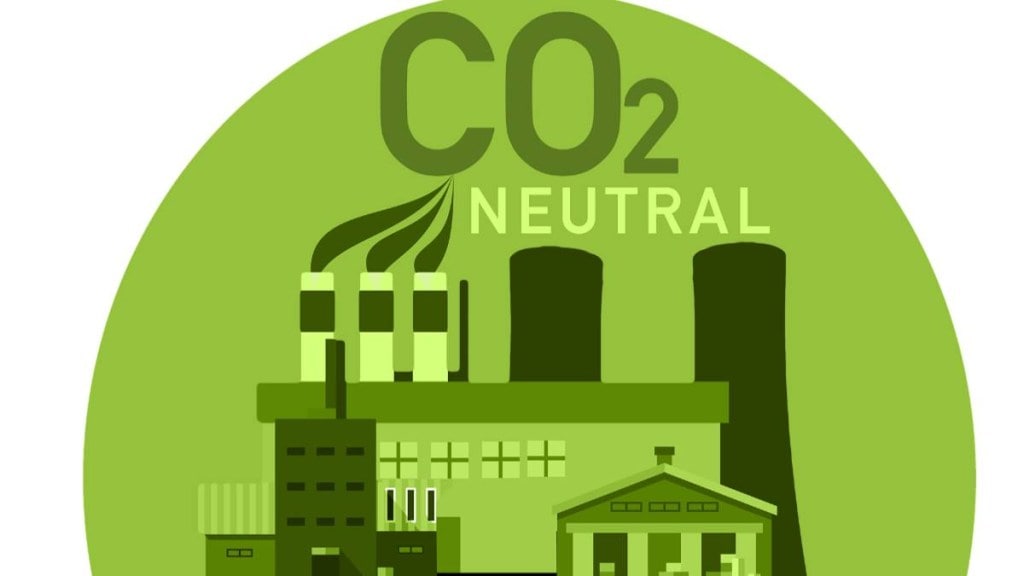– By Sheen Pandita
The upcoming COP28 conference in the United Arab Emirates carries immense significance in the global battle against climate change. Central to this effort is the Paris Agreement’s fundamental objective of restraining global warming to levels well below 2 degrees Celsius above pre-industrial benchmarks, crucial for averting the catastrophic consequences of climate change.
At the core of this endeavor lies the global stocktake, an embedded mechanism within the Paris Agreement set for discussion at COP28. It serves as a vital tool for signatory nations to assess progress toward agreement objectives, crucial for understanding our global stance on climate change and making necessary adjustments. The “business as usual” approach yields severe consequences, heightening extreme weather events, sea level rise, and ecosystem disruptions, posing significant risks to both humanity and the environment. The surge in urbanization exacerbates challenges in our built environment amid changing environmental dynamics, accelerating the need for swift infrastructure adaptation. COP28 stands as a crucial juncture, yet the Global Buildings Climate Tracker (GBCT) signals a shortfall in decarbonizing building stock, endangering emission reduction goals and leaving infrastructure vulnerable to climate impacts.
For nations in Asia and Africa, such as India, this predicament comes at the crossroads of development. India’s building stock is poised for an astonishing expansion, with a projected 3.4-fold surge in the residential sector and an astounding 7.5-fold escalation in the commercial sector by 2047 compared to 2017 levels, resulting in a total built-up area of 59.3 billion square meters. In this context, conventional materials such as cement and steel remain predominant, serving the needs of rapid urbanization due to their unmatched flexibility and speedy construction. Cement, especially, plays a crucial role in meeting these demands, as no current alternative offers a comparable functional capacity.
India, buildings and cement
India’s position as the world’s second-largest cement producer, closely trailing China, merits attention. It boasts a emission intensity of 0.627 tCO2/ton for cement, a figure that, while only marginally lower than the global average, sharply contrasts with the notably higher values of 0.781 in the United States and 0.739 in the United Kingdom. Buildings collectively contribute 39% of global greenhouse gas (GHG) emissions, with operational energy requirements constituting 28%, and the residual 11% stemming from manufacturing of materials. Cement emerges as a key player in this equation, responsible for 6 to 8% of these emissions.
India, a prominent emerging leader in the global South, holds a distinctive opportunity to drive significant emissions cuts in the building sector, notably with cement. By doing so, India reaffirms its Paris Agreement commitment and leads the way for others to a more sustainable built environment.
Cementing the future
Achieving this reduction demands an exhaustive evaluation of both the demand and supply sides of the cement industry. In the current manufacturing process of ordinary Portland cement, approximately 40% of CO2 emissions result from the heat and electricity required, while the remaining 60% arises from the calcination of limestone (CaCO2) to produce quicklime. Quicklime is the essential component, binding sand, and stone aggregates in concrete. Existing research has explored alternatives for producing quicklime using low-carbon cement. Among these, composite cement has emerged as the most popular approach, exhibiting significantly lower emissions compared to other proposed alternatives. Composite cement integrates byproducts such as fly ash and granulated slag from thermal power plants and the iron and steel industry, reducing reliance on quicklime, reducing carbon emissions. These alternative cements are already in production in the country, awaiting integration into building standards once their structural implications are fully understood.
Efficiency in execution techniques, including prefabrication and 3D printing, holds the promise of reducing material wastage and optimizing resource utilization. Replacing traditional on-site hand mixing and site mixing techniques with machine mixing off-site significantly improves resource efficiency by curtailing wastages, hence reducing emissions. A new strategy, “design for disassembly,” centers on creating structures that can be easily disassembled, extending the lifecycle of materials, especially concrete.
On the demand side, a multifaceted approach is essential. Technological enhancements, augmented awareness, and sound policy decisions that optimize the supply chain are prerequisites. Overdesigning structural elements has emerged as a critical concern, with the potential overuse of materials that increases greenhouse gas emissions. Rectifying this issue calls for design improvements, bolstered by updates to industry codes, and the awareness of architects, engineers, and other stakeholders. Encouraging the adoption of low-carbon cement alternatives through building codes and even proposing a labelling system to identify emissions from cement products can heighten awareness among stakeholders when making material choices. Rating systems such as GRIHA (Green Rating for Integrated Habitat Assessment) incentivize and promote alternative measures, with further integration would boost adoption of alternative measures.
Approaching COP28, the cement industry’s pivotal role in decarbonizing the built environment for Paris Agreement compliance is evident. India’s cement leadership warrants collaborative research with its think tanks to guide sustainability. This shift offers India a chance to pioneer sustainability amid climate and urban challenges, shaping our future’s resilience.
(Sheen Pandita is a Researcher of Sustainable Buildings division at The Energy and Resources Institute.)
(Disclaimer: Views expressed are personal and do not reflect the official position or policy of Financial Express Online. Reproducing this content without permission is prohibited.)

